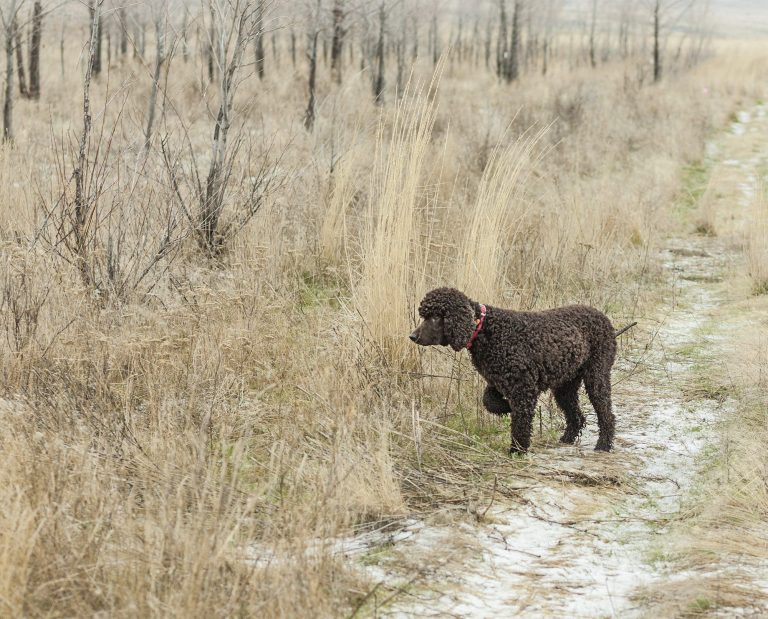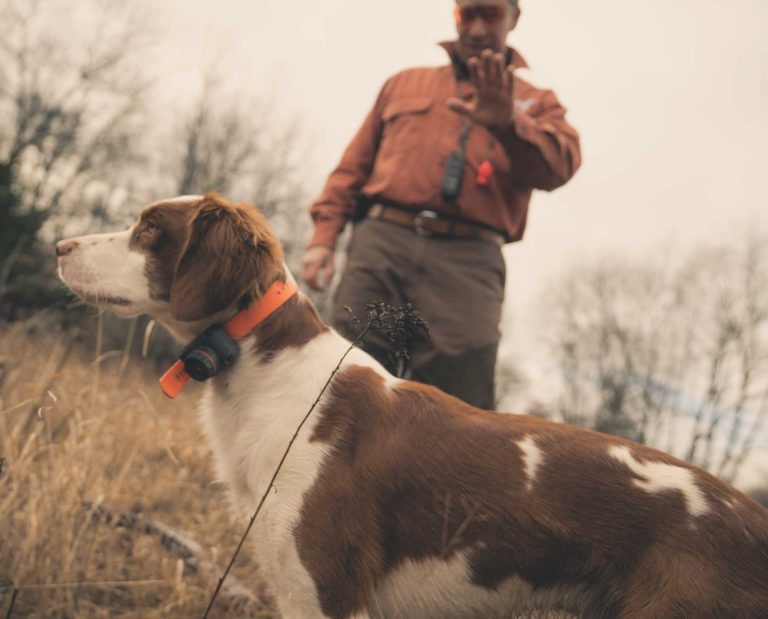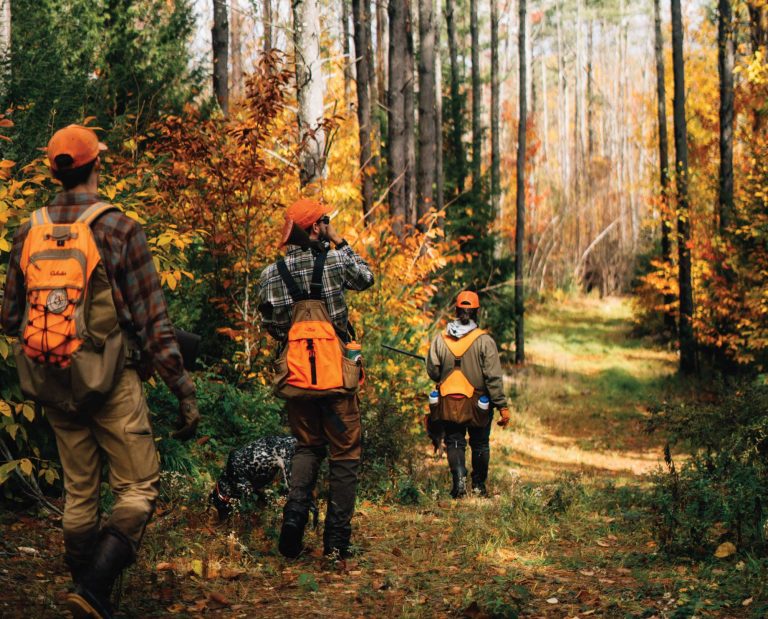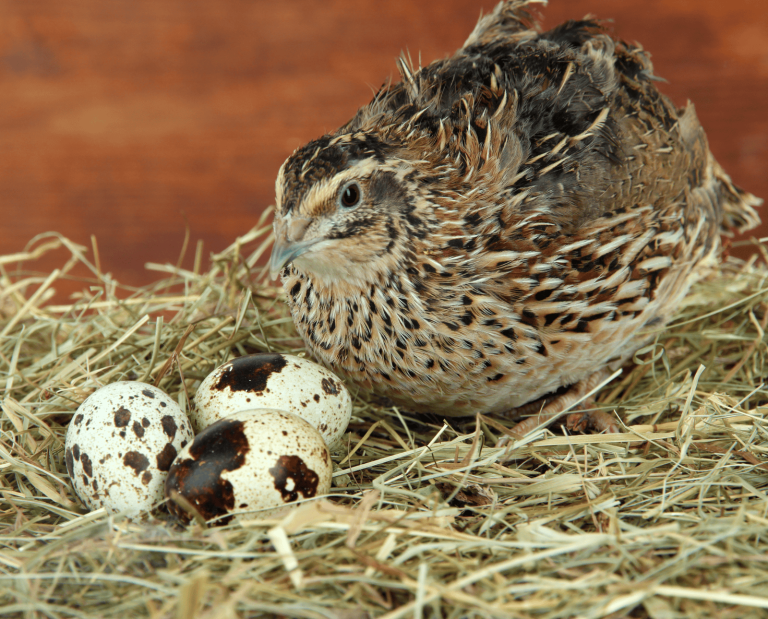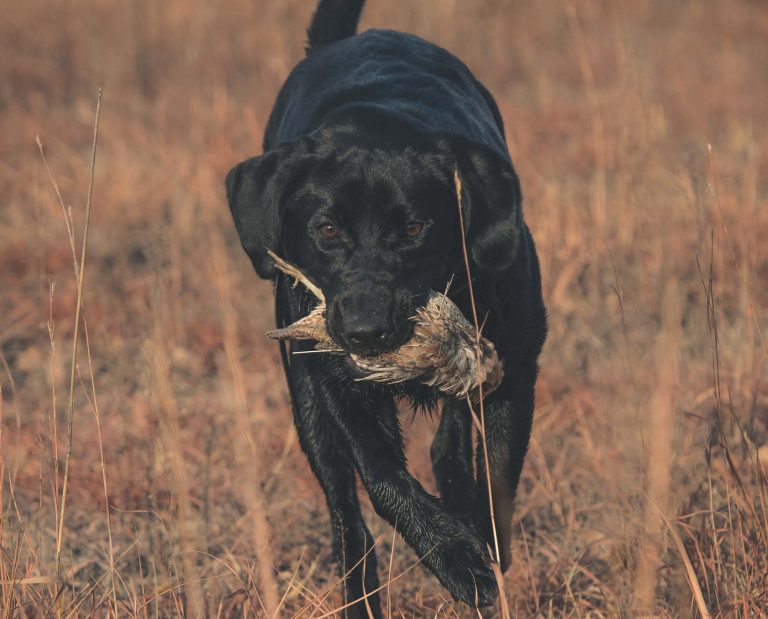3 Dove Hunting Hacks to Try This Season
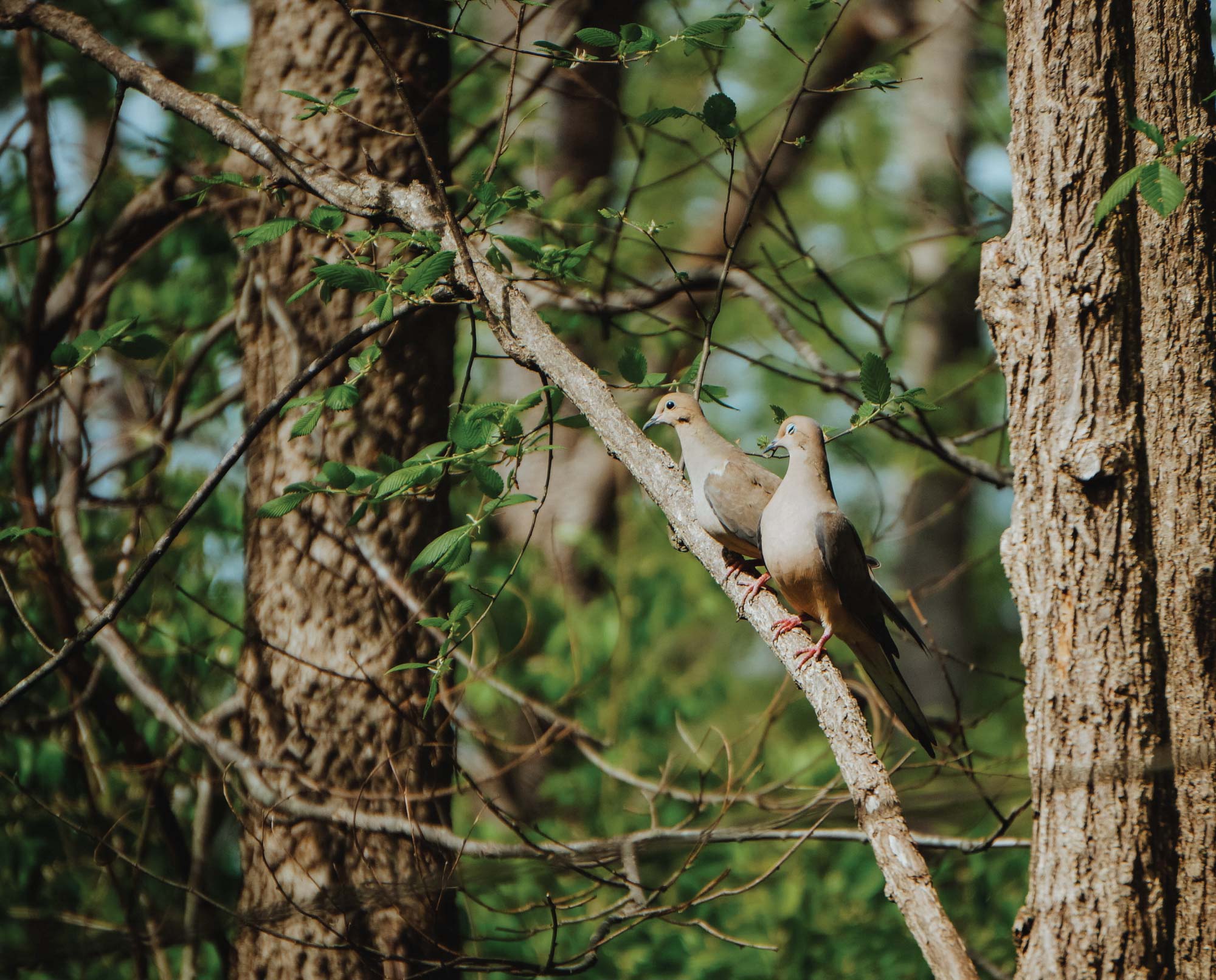
Increase your odds dove hunting this season with these clever hacks
There are a few things that serve as reminders that fall has officially arrived – and dove season is one of them. Taking the time to plan a successful dove hunt can be easy if hunters do a few simple things when they locate the ideal dove field.
Here are three dove hunting hacks that can be utilized in the early season when doves are naïve and easier to shoot, as well as for hunters who venture out in the late season when doves are skittish.
New to dove hunting? Read: A Complete Guide to Dove Hunting
Find the hotspot and read the land
Dove hunters won’t find the hotspot if they don’t pre-scout areas. It’s important for hunters to not waste time walking to a location and sitting, setting up decoys, only to discover that the doves are not flying in that area. That is why scouting has its benefits as doves are creatures of habit. Patterning doves can make or break an early- or late-season dove hunt.
Doves will frequently navigate along known travel routes such as tree lines, field edges, and openings. Doves prefer to use gaps and openings in trees and tree lines when traveling. Hunters positioned near these gaps will usually get more shooting opportunities.
Don’t overlook doves flying across the middle of fields where the terrain features and lay of the land determine their navigational route. After flyways are identified, look for locations that fill their need for safety. Doves like to be able to see, so look for trees and fence lines the gray birds gravitate towards where they can identify approaching danger. In many cases, doves will use dead trees to scout for danger. Other areas such as the corners of food plots or grain fields tend to funnel doves and are used by them to determine if it’s safe to fly in and feed. Dove hunters should key in on a saddle on a hill and high spots within feeding fields and crops. These locations allow dove to easily watch for danger from the ground.
Dove hunters should consider all of these elements when trying to find dove hotspots. Hunters should position themselves in-between areas where doves gather to roost or loaf near fields.
Hunt low in the wind
Heavy winds will more often cause doves to adjust where they will roost. Doves tend to roost in areas where they can shelter and avoid stiff breezes.
These sheltered areas could include trees along the leeward side of a hill or a creek bottom. When doves do fly during windy conditions, they tend to fly tight along tree lines or shelterbelts, preferring to use the side that protects them from strong winds. Dove hunters should set up along these out-of-the-wind spots.
Dove drives
While a solo dove hunter can walk birds up for the occasional jump shot, this method can also be performed with three or four hunters.
“Posters” should be placed in key spots around the field, while one or two hunters “drive” doves that are feeding on the ground to kick up. “Drivers” should walk back and forth across fields. When doves take to the air, they should present the hunters posted with shooting opportunities.
The good thing about this tactic is that when a drive is done, hunters can switch positions. After a brief time, hunters can “drive” the field from where it ended previously and work the field back. The notion behind this is that during the elapsed time, doves may have re-entered the field either by flying in or walking in, providing hunters yet another opportunity to walk up doves and drive them to the new hunters now posted around the field.




